With all the production concentrated in Brazil since 2005 when the assembly in South Africa ended, its presence on overseas markets such as Europe and South Africa soldiered on until at least 2013 when the last facelift applied to the 1st generation got released and the Fiat Strada became restricted to selected Latin American regional markets. Besides Brazil and South Africa, considering how other derivatives of the 178 Project such as the Palio/Weekend and the Siena/Albea were supplied from other manufacturing hubs such as Argentina, Turkey and Poland, seems like the Strada was quite neglected while it could be a valuable asset for Fiat to strengthen its foothold in markets where it previously had a comfortable position. Sure it's not a Toyota Hilux, but its size may become more convenient under certain conditions and its relatively simple technical features lead to lower overall costs.
The availability of a double-cab, introduced with only 2 doors in 2009 and featuring a right-hand rear suicide-door since 2013, has also positioned the first-generation Fiat Strada more comfortably than both station-wagons and sedans/saloons while the demand for SUVs on emerging markets such as Brazil and India started to rise. Sure the cost os developing another bodyshell with a left-hand rear door catering to RHD markets such as India or South Africa could seem harder to justify, as the marketing perspectives were not as certain as for Brazil which remains the most important South American automotive market, despite not being the only major production hub as Argentina emerged through an export agenda when the Mercosur became effective. Considering historical precedents within Fiat itself, when the Brazilian Fiorino switched from its first generation to a newer one and the previous model had its production run extended in Argentina mostly for the local market, retaining the production of the previous generation of the Strada in Argentina could make sense.
While a considerable amount of buyers in Brazil are willing to get the updated model despite the longer waiting periods reaching 4 to 5 months, the previous generation is already capable of addressing actual needs of many professional operators, and could eventually remain offered along its replacement on the local market if supplied from Argentina for instance. It's also worth to consider how an affordable small cargo vehicle such as the 1st-generation Fiat Strada could remain competitive against the Chinese-made copies of older Suzuki and Mitsubishi trucklets and microvans, which would be reasonable enough to justify an extended production run elsewhere. Even though it might sound "natural" to simply phase it out, the 1st-generation Fiat Strada could still be a valuable asset for Fiat/Stellantis.
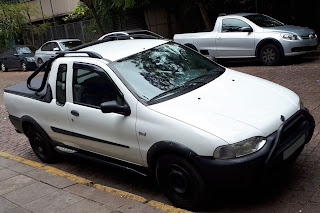

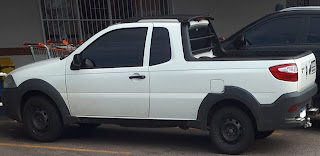
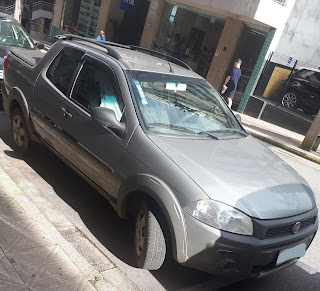
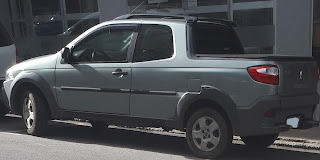
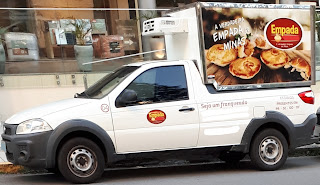

No comments:
Post a Comment
Only comments written in English are published. Not so rigid about the grammar, but some regional slang should be avoided to make it clear and easily understandable.